--------------------------------------------------------------------------------------------------------------------------------------------------------------------------
WARNING!! You will work with LIVE MAINS!! Deadly zone!!
If you don't have any experience and are not qualified for working with MAINS power I will not
ecourage you to play arround!
----------------------------------------------------------------------------------------------------------------------------------------------------------------------------
Because the previuos MPSMv2 was designed more as a DevBoard for MAINS switching application and the FUSE and MAINS input / output /filtering unit was keept separatelly, has created some confusion and a lot of talks about, Hackaday thread included :).
So, this time, as people were asking for a more general usage module that can be used with existing Setup/Environments, you have on the same board, fuse and connectors to directly connect de MPDMv3 module to MAINS, Lightbulb/Lamp and your MCU Board. Just add a proper sized Choke EMI suppression filter and that's it.
 Johnny
Johnny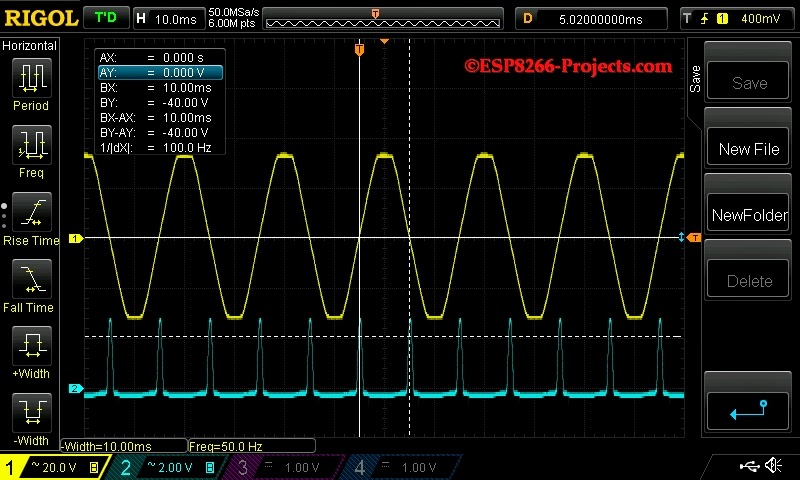

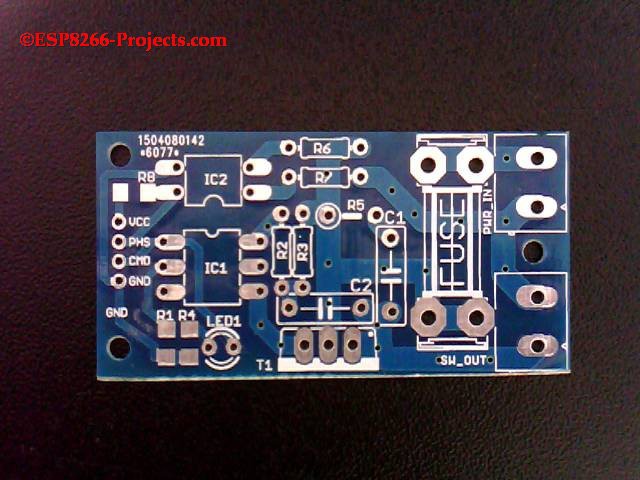
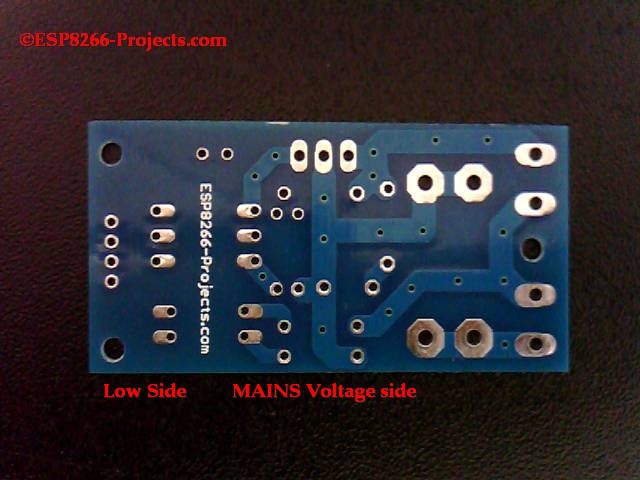
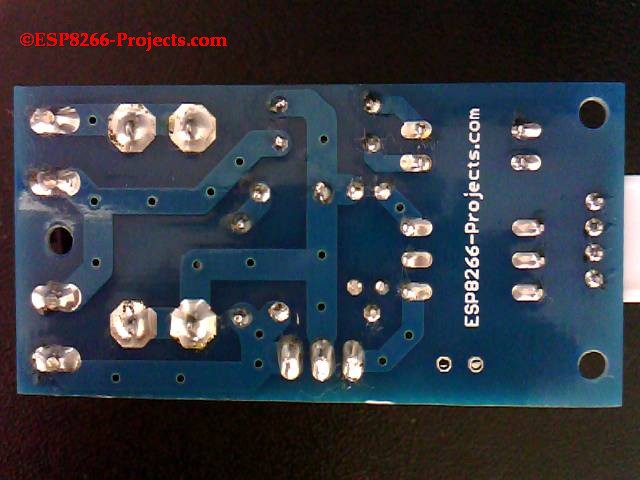
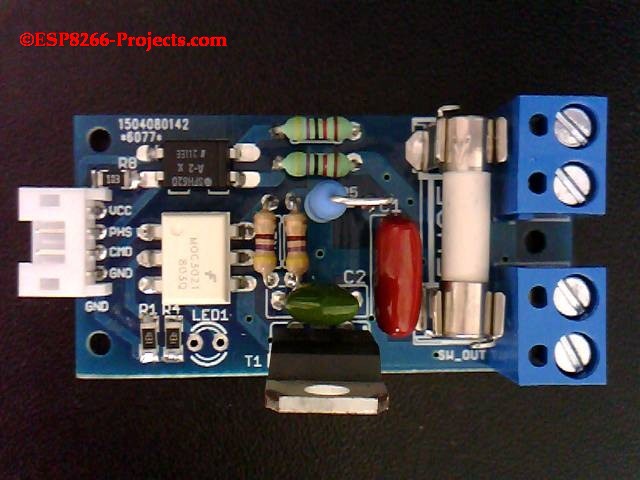

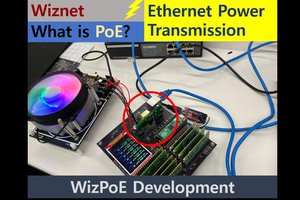
 Alan
Alan
 mircemk
mircemk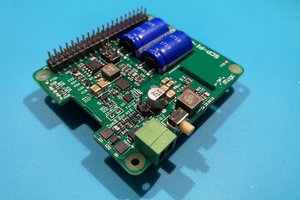
 alcor6502
alcor6502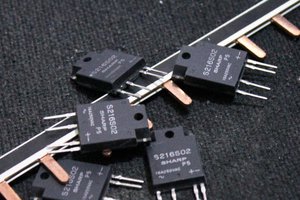
 Yann Guidon / YGDES
Yann Guidon / YGDES